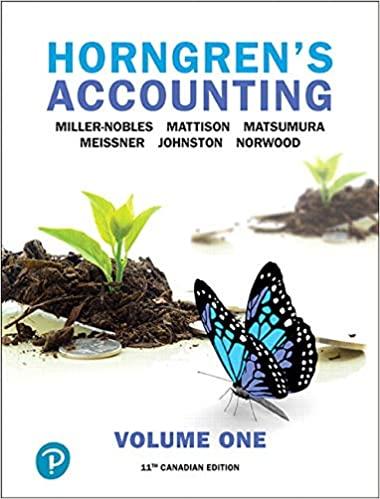
Surs LVIVER VID Suppy V. 4. Consider the system illustrated in Figure 5.6, which shows a flow with multiserver stations that have unbalanced capacity. Assuming that there is no yield loss or rework, station 4 is the bottleneck, because it has the smallest capacity and will therefore have the highest utilization. Suppose that (i) all processes, as well as demand, are subject to variability; (ii) lead times currently being quoted to customers are long by industry standards and on-time delivery performance is poor; (iii) utilization of station 4 is below 90 percent; and (iv) additional capacity at station 4 is prohibitively expensive. . How is this system making use of time buffers? Do you think these are good choices as variability buffers? 460/day 500/day 440/day 400/day 450/day 440/day FIGURE 5.6 Buffering the bottleneck in a flow b. Describe how capacity and/or inventory could be substituted for time as variability buffers. c. What information would you need to determine whether an additional capacity or time buffer should be located upstream or downstream from the bottleneck? (Hint: Think about the mechanics of blocking and starving of the bottleneck.) d. Suppose capacity at all nonbottleneck machines is equally costly (but much cheaper than capacity at the bottleneck) and all nonbottleneck processes are equally variable. Under these conditions, at which station would you expect an additional machine to have the largest impact on reducing lead times and improving customer service? e. What advantage might there be to substituting a capacity buffer, rather than an inventory buffer, for the current time buffer before making a longer term effort to reduce variability? (Hint: Think about the logic behind Figure 5.5.) Surs LVIVER VID Suppy V. 4. Consider the system illustrated in Figure 5.6, which shows a flow with multiserver stations that have unbalanced capacity. Assuming that there is no yield loss or rework, station 4 is the bottleneck, because it has the smallest capacity and will therefore have the highest utilization. Suppose that (i) all processes, as well as demand, are subject to variability; (ii) lead times currently being quoted to customers are long by industry standards and on-time delivery performance is poor; (iii) utilization of station 4 is below 90 percent; and (iv) additional capacity at station 4 is prohibitively expensive. . How is this system making use of time buffers? Do you think these are good choices as variability buffers? 460/day 500/day 440/day 400/day 450/day 440/day FIGURE 5.6 Buffering the bottleneck in a flow b. Describe how capacity and/or inventory could be substituted for time as variability buffers. c. What information would you need to determine whether an additional capacity or time buffer should be located upstream or downstream from the bottleneck? (Hint: Think about the mechanics of blocking and starving of the bottleneck.) d. Suppose capacity at all nonbottleneck machines is equally costly (but much cheaper than capacity at the bottleneck) and all nonbottleneck processes are equally variable. Under these conditions, at which station would you expect an additional machine to have the largest impact on reducing lead times and improving customer service? e. What advantage might there be to substituting a capacity buffer, rather than an inventory buffer, for the current time buffer before making a longer term effort to reduce variability? (Hint: Think about the logic behind Figure 5.5.)







